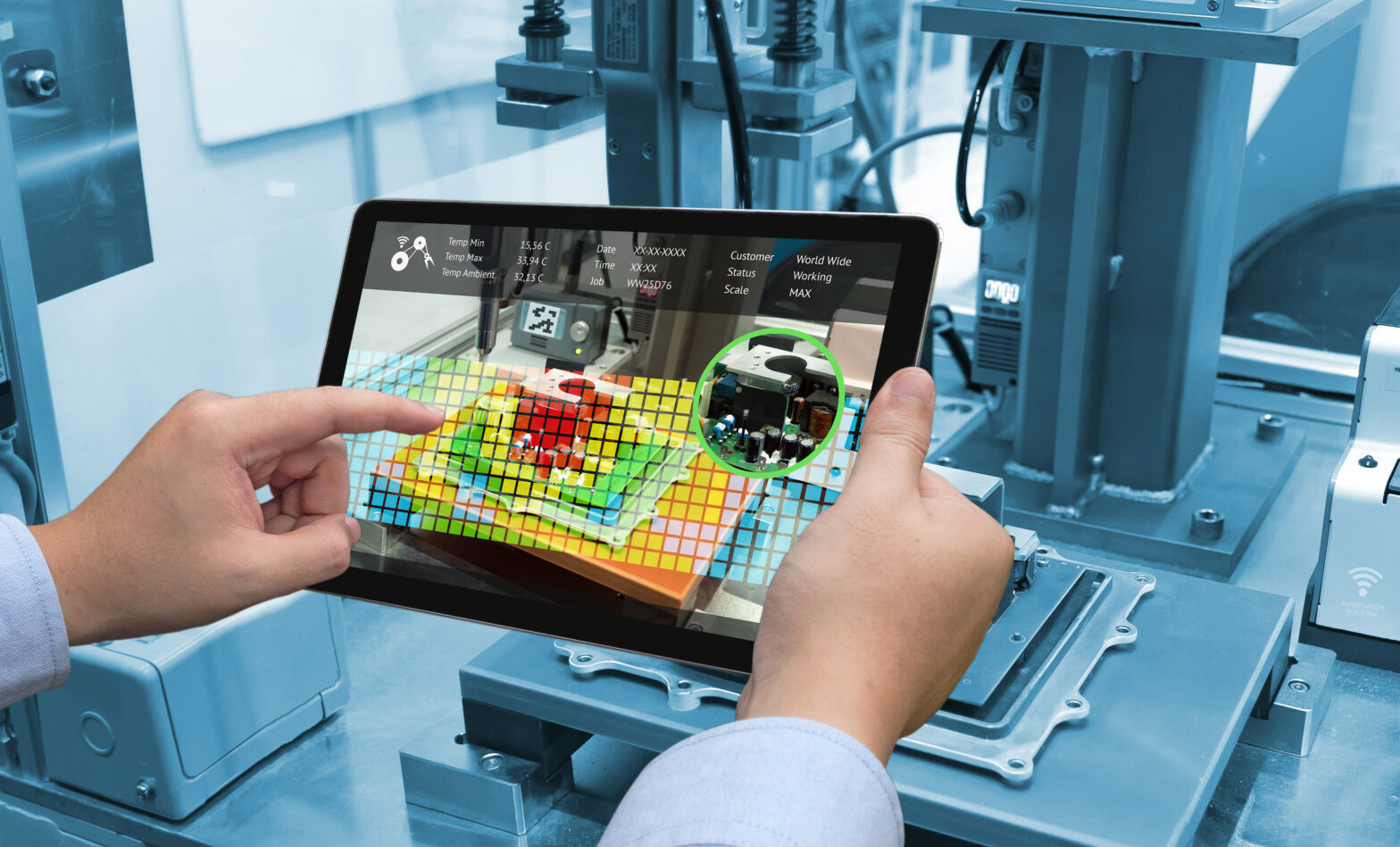Today, the enablers of augmented reality (AR) focus on two main fields of industry: entertainment and retail (e-commerce). Pokemon Go, the AR smartphone app, was a worldwide sensation when it was released last year; attracting 100 million downloads within its first month on the market. This revealed that for the consumer, AR technology is hugely popular and at the right stage of maturity.
>See also: Digital transformation: VR and AR will revolutionise the office
Similarly, IKEA’s AR app, which allows users to view furniture in their home before purchasing, was downloaded 8.5 million times in the first months after its launch. This technological trend is changing how consumers interact with brands and this user-centric capability will spill over into daily business, according to Marco Liesegang, senior manager for IoT/I4.0 solutions at Ernst & Young GMBH WPG at LiveWorx 2017.
AR will change how businesses think about new digital experiences and change the ways of working for companies, suggested Liesegang. AR is taking familiar experiences and making them more engaging, entertaining and productive. It will not only benefit the consumer, but will help improve and motivate employees internally, he continued.
>See also: Reality bites: VR, AR and the enterprise network
This shift from the physical to the virtual is in its early stages, but Liesegang pointed to research that suggested the rise of AR in manufacturing, and most other industries (like gaming) will surge by 2024.
The benefits
The industrial applications for AR vary and Liesegang pointed to six, which he believed will be greatly impacted.
Operations
As an example, AR will be able to provide immersive step-by-step instructions for technicians. This will lead to time saving through improved performance, and cost reduction through the use of less resources.
Maintenance
For this example, Liesegang pointed to the simplification of maintenance work. AR will enable faster performance of this type of work, while a reduction in cost will be evident because of there will be significantly less errors.
>See also: Augmented reality: a revolution?
Training
The visualisation of internal components of machines and machine parts will allow for quality improvement in training, with a more authentic and sustainable learning experience.
He went on to explain three more industrial applications for AR, which can be viewed below.

But, of course, there are challenges of implementing industrial AR.
The challenges
The challenges identified fall into two categories: human and operations.
On the human side, decision makers want to see the business value immediately once they have instigated a new technology, like AR – because of the mass changes that come with it. But this is not the case.
>See also: Augmented reality vs. virtual reality
Instant results are unlikely, but over time the impact will be truly transformational. This challenge is further hindered by the reluctance of business leaders, and indeed employees, to change the modus operandi. Many are happy to work in a more comfortable, traditional environment. This is not the case for the innovators. Coupled with this, the skills shortage – a problem facing all businesses – further challenges the adoption of AR. There are a lack of developers, and little resources for AR training.
The second set of challenges facing the AR adoption movement comes from the operational side of industry practice. Lack of network connectivity is an issue that must be addressed, while a lack of content (or data) hinders the ability to gain value from AR. The technology needs data to thrive and impact business in the way innovators know it can.
>See also: Augmented reality means augmented risk to networks
This seems daunting, and it is. But, Liesegang provided the audience at LiveWorx with solutions to these challenges: service expertise, hardware, software, content and education.
Service expertise
Service expertise will help in maintaining inevitable troubleshooting and user support to ensure the reliable and accurate 24/7 operation of systems needed to integrate AR.
Hardware
Hardware needs to be updated and robust enough to use in industrial environments. This will provide the required comfort from those business leaders that are reluctant to adopt the emerging software-based technology into operations.
Software
The software should offer the required security and reliability aspects for industrial usage, and be suitable, as well as easy to use.
Content, in turn, should be easily accessible through standardised and open interfaces for various systems, like CAD and PLM.
>See also: All systems GO: augmented reality in the enterprise
Content
The content generated from the growing range of IoT connected devices in an industrial setting should be made completely accessible in reasonable quality, and available in well maintained data structures. This can be achieved via IIoT manufacturing platforms, like ThingWorx 8.
Education
AR training and education should be made mandatory for workers to avoid employee reluctance, due to missing knowledge and mistrust of new, emerging technologies.
The UK’s largest conference for tech leadership, Tech Leaders Summit, returns in September with 40+ top execs signed up to speak about the challenges and opportunities surrounding the most disruptive innovations facing the enterprise today. Secure your place at this prestigious summit by registering here







